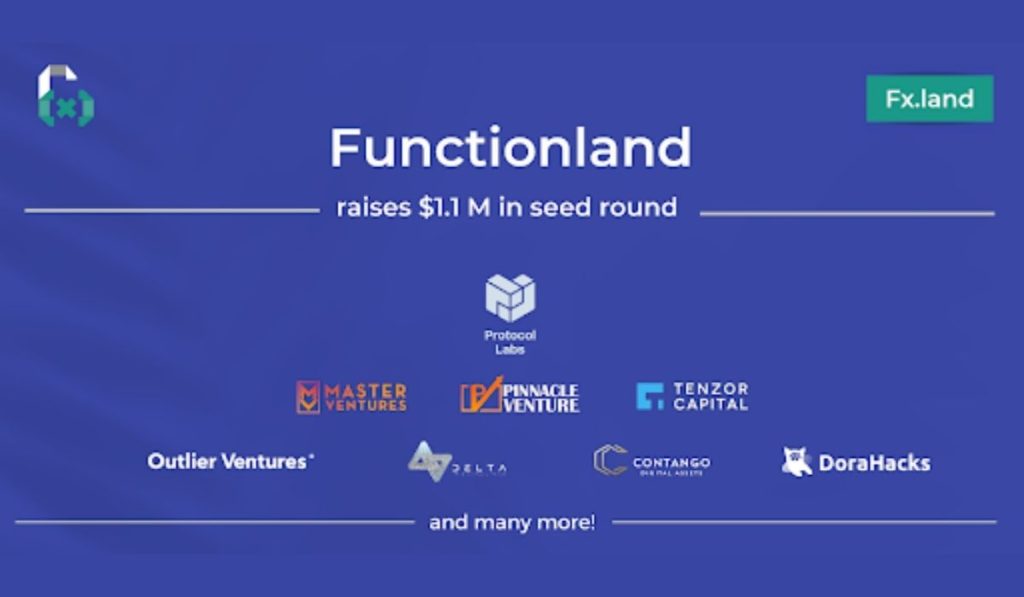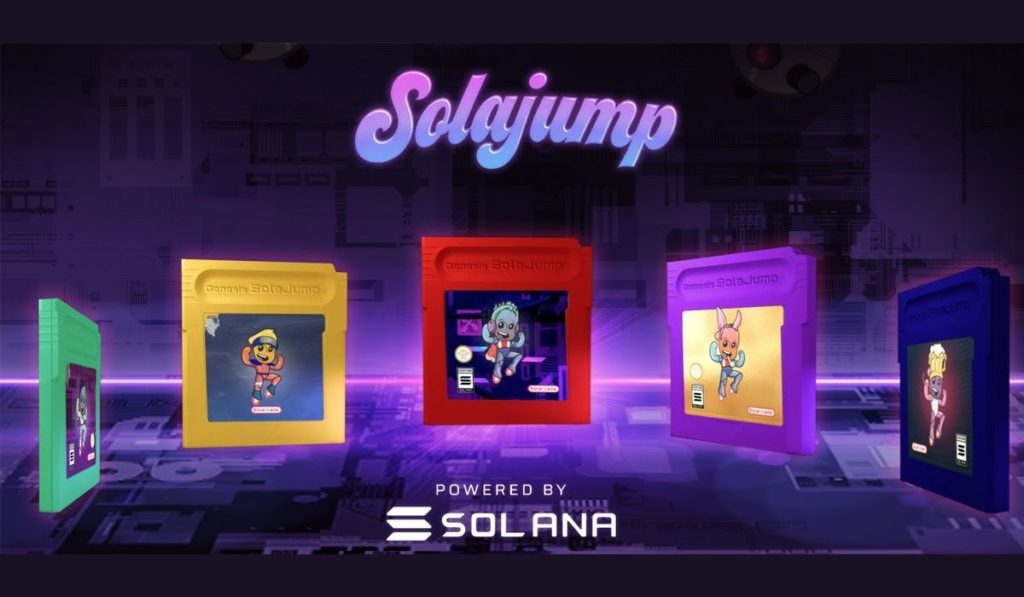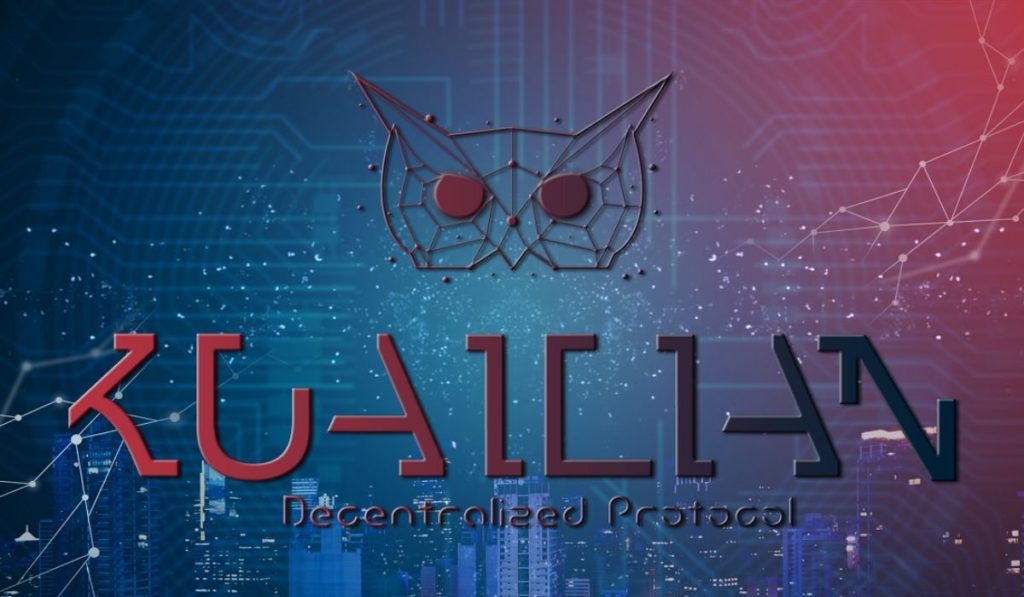2023-4-13 23:36 |
The number of people using blockchain technology is on the rise. Though that is good for the ecosystem, it has proven to be a tricky thing to maneuver. The models for blockchain functioned well in low-pressure settings, but with more users come more challenges. One response has been to create Layer-2 blockchains with their own consensus mechanisms and native tokens. It is the solution?
The three most important considerations for a blockchain are security, decentralization, and scalability. Unfortunately, scalability often falls to the wayside in the pursuit of the other two.
Ethereum has the capacity to complete 1.5 million transactions per day. To put that into perspective, Visa processes 150 million transactions per day. Furthermore, Ethereum can process only about 15 transactions per second. That’s why gas fees soar when many people are trying to use the network at the same time.
So far, we’ve seen builders create new blockchains like Solana and Tezos. They operate with different validation mechanisms that make them more efficient in some ways, but less secure in others. We’ve also seen builders think up Layer-2 solutions, which build on top of an existing network.
Layer-1 vs. Layer-2A layer-1 blockchain refers to the main network of a blockchain, such as Ethereum. The base layer is responsible for executing transactions and running smart contracts. It’s where you find ETH tokens, which consumers use to pay transaction fees on the network.
Layer-2 blockchains differ in that they exist outside of the main blockchain network. They often have their own native tokens for completing transactions and paying gas fees. These blockchains provide additional scalability, privacy, and speed to the Ethereum network. Plus, once the transactions are complete, the Layer-2 applications post their data to the mainnet. Thus, the information is secure and all in one place.
The primary benefits of Layer-2 solutions are faster transaction times and lower fees. Because people can build them on top of a base layer, they maintain the goal of decentralization. And by taking some traffic out of the main network, it allows more transactions to be completed without overwhelming the network. Congestion can also cause dapps to perform slowly, which could be catastrophic depending on the use case.
Some of the most well-known Layer-2 blockchains on Ethereum include Polygon, Arbitrum, and Optimism.
Why Do Layer-2s Need Their Own Tokens?A layer-2 blockchain might need their own tokens for a few different reasons. Most importantly, consumers use the Layer-2 token to pay transaction fees on the underlying blockchain. This ensures that transactions are processed quickly and securely.
Additionally, the token can be used to incentivize users who participate in the network and provide services. Finally, it can be used to generate rewards for the developers and validators of the network.
How Does ETH Interact with Layer-2s?ETH tokens interact with Layer-2 blockchains in a few ways. First, they can be used to pay transaction fees on the underlying blockchain, much like any other token. Additionally, they can be staked as collateral in order to receive additional rewards. Finally, they can also be used to purchase Layer-2 tokens as an investment.
In some cases, ETH can replace Layer-2 blockchain tokens. However, there are a few challenges and limitations that should be taken into account. For example, it may not be possible to achieve the same speed and scalability as with a Layer-2 token. Additionally, there is the risk of speculation on ETH prices that could lead to increased volatility and unpredictability. Finally, having multiple tokens on the same system may increase complexity and create security issues.
Concerns for Layer-2 BlockchainsVitalik Buterin, the founder of Ethereum, acknowledged that the network needed to scale early on. Back in 2021, he said that Layer-2 blockchains would be the best option for the near future. Much has happened with upgrades to the mainnet. Ethereum has gone from proof-of-work to proof-of-stake. And today, it launches the Shanghai upgrade, which will unlock rewards for validators and allow them to withdraw staked funds. Still, the issue of scalability persists.
At the end of last year, research from Binance stated that Layer-2 solutions could actually make the network less secure. Because these sidechains took revenue away from the mainnet, that could lessen the rewards of operating the main network. With fewer validators comes less security.
Until Ethereum introduces sharding, the network will continue to struggle with higher rates of traffic. And given how many delays we have already witnessed in the multi-step Ethereum upgrade, it is hard to tell when that will happen.
At present, it seems that Layer-2 blockchains will continue to be an important part of the Ethereum network. It also seems that Layer-2 solutions will require their native tokens to operate effectively. However, as Layer-2 and even Layer-3 solutions enter the ecosystem, that can very well change.
And who knows? When developers introduce sharding to Ethereum, this may all be mute.
The post Are Layer-2 Blockchain Tokens Really Necessary? appeared first on BeInCrypto.
origin »High Performance Blockchain (HPB) на Currencies.ru
|
|
























